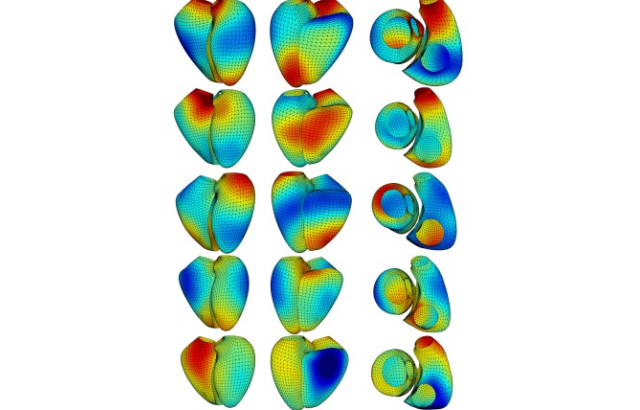Genetically Tailored Diets for IBS may Soon be Possible

An international study has found that genetic variations in human carbohydrate-active enzymes may affect how people with irritable bowel syndrome (IBS) respond to a carbohydrate-reduced diet.
The research, which is published in Clinical Gastroenterology & Hepatology, shows that IBS patients with genetic defects in carbohydrate digestion had a better response to certain dietary interventions. This could lead to tailored treatments for IBS, using genetic markers to predict which patients benefit from specific diets.
Irritable bowel syndrome (IBS) is a digestive disorder affecting up to 10% of the global population. It is characterised by abdominal pain, bloating, diarrhoea, or constipation. Despite its prevalence, treating IBS remains a challenge as symptoms and responses to dietary or pharmacological interventions vary significantly.
Patients often connect their symptoms to eating certain foods, especially carbohydrates, and dietary elimination or reduction has emerged as an effective treatment option, though not all patients experience the same benefits.
Nutrigenetics (the science investigating the combined action of our genes and nutrition on human health) has highlighted how changes in the DNA can affect the way we process food. A well-known example is lactose intolerance, where the loss of function in the lactase enzyme hinders the digestion of dairy products.
Now, this pioneering new study suggests that genetic variations in human carbohydrate-active enzymes (hCAZymes) may similarly affect how IBS patients respond to a carbohydrate-reduced (low-FODMAP) diet.
The team have now revealed that individuals with hypomorphic (defective) variants in hCAZyme genes are more likely to benefit from a carbohydrate-reduced diet.
The study, involving 250 IBS patients, compared two treatments: a diet low in fermentable carbohydrates (FODMAPs) and the antispasmodic medication otilonium bromide. Strikingly, of the 196 patients on the diet, those carrying defective hCAZyme genes showed marked improvement compared to non-carriers, and the effect was particularly pronounced in patients with diarrhoea-predominant IBS (IBS-D), who were six times more likely to respond to the diet. In contrast, this difference was not observed in patients receiving medication, underscoring the specificity of genetic predisposition in dietary treatment efficacy.
These findings suggest that genetic variations in hCAZyme enzymes, which play a key role in digesting carbohydrates, could become critical markers for designing personalised dietary treatments for IBS. The ability to predict which patients respond best to a carbohydrate-reduced diet has the potential to strongly impact IBS management, leading to better adherence and improved outcomes.
Study leader Dr D’Amato, Gastrointestinal Genetics Research group at CIC bioGUNE and the Department of Medicine and Surgery at LUM University in in Italy.
In the future, incorporating knowledge of hCAZyme genotype into clinical practice could enable clinicians to identify in advance which patients are most likely to benefit from specific dietary interventions. This would not only avoid unnecessary restrictive diets for those unlikely to benefit but also open the door to personalised medicine in IBS.
Source: University of Nottingham





